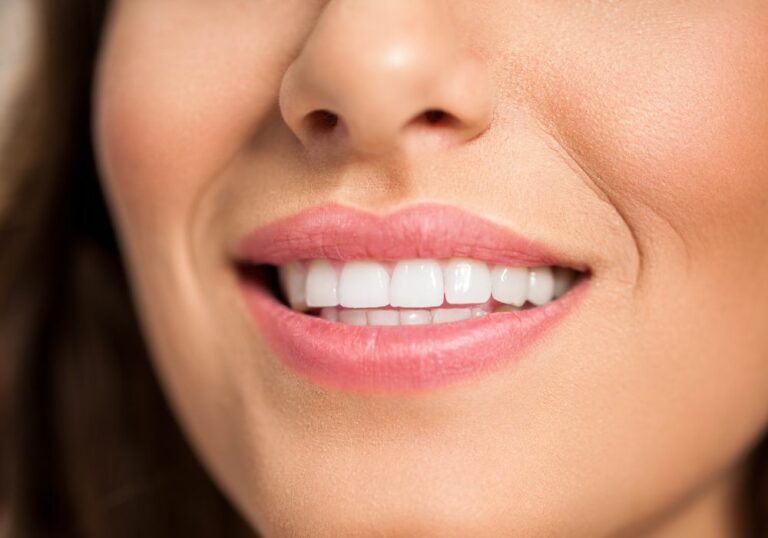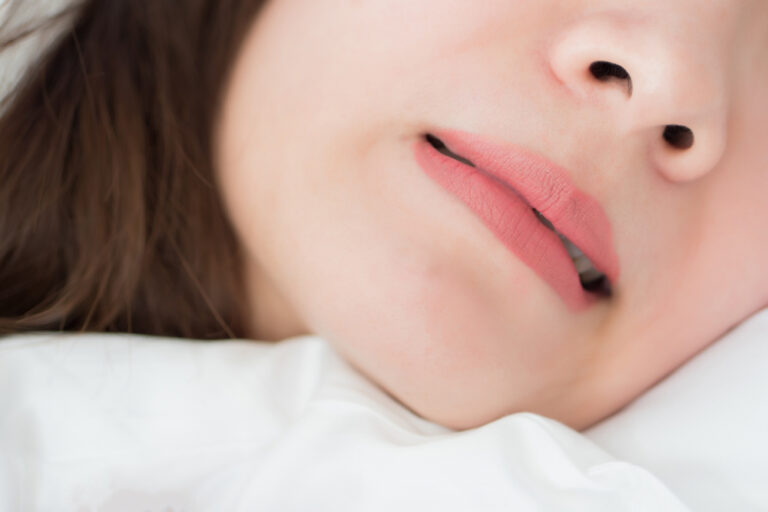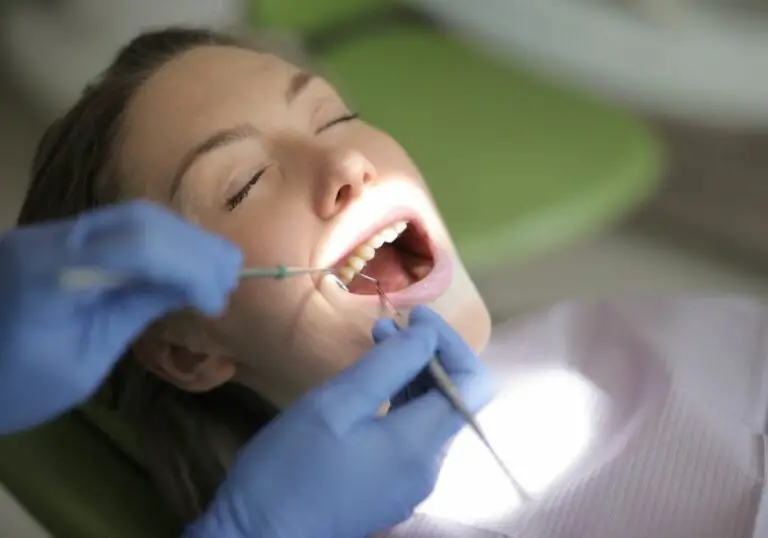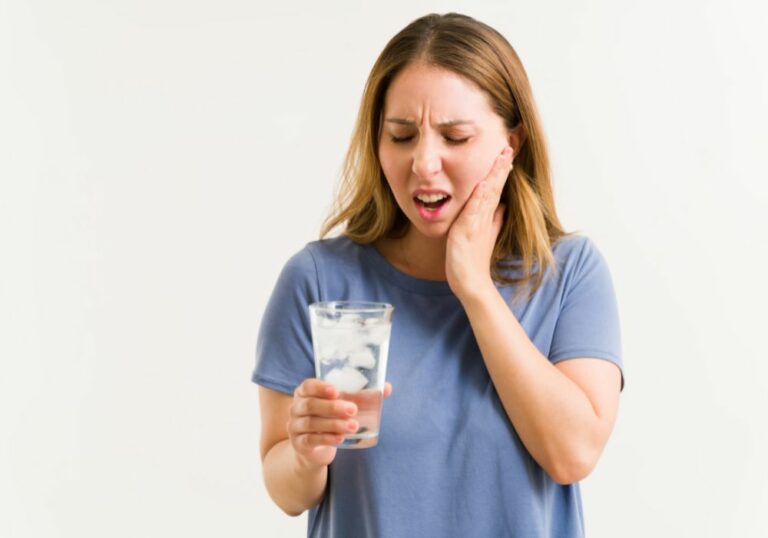It’s not uncommon to experience tooth pain when you’re sick. But why does illness often seem to target the bottom teeth specifically? There are a few potential reasons for this strange phenomenon.
The anatomy of bottom teeth
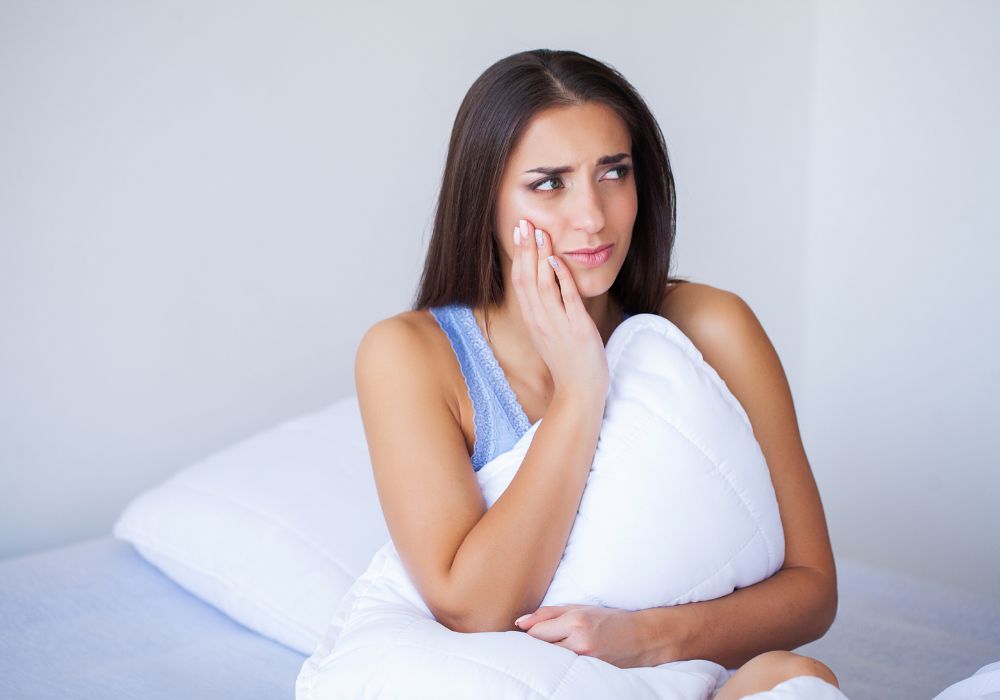
Tooth roots
The bottom teeth, also known as the mandibular teeth, have longer roots than the upper teeth. The bottom front teeth (incisors and canines) have a single elongated cone-shaped root, while the bottom back teeth (premolars and molars) have two or three roots each that branch off the tooth crown.
These long tooth roots extend down deeply into the mandible jaw bone. There is less dense bone, nerve tissue, and other biological material protecting the bottom tooth roots compared to the upper tooth roots. This makes the lower teeth more prone to sensitivity, damage, and pain when something is amiss.
Dense jaw bone
The mandible bone that houses the bottom teeth is extremely dense, hard, and thick. This rigid jaw bone does not flex or cushion force like the upper jawbone can. As a result, any pain sensations originating from irritated nerves in the lower teeth and roots may be felt more intensely and transmitted more readily through the dense mandible bone.
Nerves
Each tooth root is connected to a nerve fiber that runs from the base of the root up through the tooth and jaw to eventually connect with the trigeminal nerve in the brain. This allows sensations from the teeth, including pain signals, to be communicated to the brain.
The main nerves supplying and interacting with the lower teeth are the left and right inferior alveolar nerves. The mandibular incisor teeth also have an associated mental nerve. Irritation, inflammation, or damage involving these nerves can cause bottom tooth discomfort and pain.
Furthermore, major nerves in the head and neck region like the trigeminal nerve have additional nerve branches that connect to and provide sensation to the lower teeth. Any problems affecting these larger nerve complexes due to systemic illness can contribute to referred pain perceived in the bottom teeth.
Why illness leads to bottom tooth pain
There are several ways that being sick can directly or indirectly trigger or worsen pain in the lower teeth.
Sinus congestion
The maxillary sinuses are air-filled cavities located above the upper posterior teeth and palate. When these sinus cavities become inflamed, swollen, and congested due to respiratory illness or allergies, it puts upward pressure on the upper back teeth.
To relieve this upper tooth pressure, you may unconsciously adjust your jaw position lower and backward, with teeth resting more heavily on the lower molars. This altered jaw position puts strain on the temporomandibular joint and surrounding musculature, as well as excessive forces on the bottom teeth. This can potentially lead to bottom tooth sensitivity and pain.
Changes in saliva
Saliva contains many compounds and enzymes that help protect, lubricate, and rinse the teeth. However, when you become sick, your saliva production often decreases substantially, and its composition changes.
Less saliva means less fluid coating and cushioning for the vulnerable teeth. The thick, sticky saliva that is still produced is more likely to adhere to tooth surfaces, allowing more time for cavity-causing bacteria and acids to attack the enamel, especially on the bottom teeth. These saliva changes make the lower teeth more prone to sensitivity, decay, and resultant pain.
Clenching and grinding
Many people unconsciously clench their jaws or grind their teeth together more intensely and frequently when they are sick. This clenching and bruxism puts tremendous compressive forces on the bottom teeth in particular, as they absorb most of this excessive pressure.
This can over time damage the enamel, wear down the chewing surfaces, stress the periodontal ligaments, loosen teeth, expose dentin, and irritate the tooth roots. All of these issues can make the bottom teeth significantly more sensitive and painful.
Dehydration
Being ill with fever, vomiting, diarrhea, or poor fluid intake often leads to dehydration and subsequent dry mouth. When the mouth becomes very dry, there is less fluid available to cushion and protect the teeth.
This allows more of the forces incurred when chewing and clenching to be transmitted directly to the tooth structures, especially the bottom teeth which bear the brunt of these forces. Lack of adequate saliva flow also reduces the mouth’s ability to clear away food debris and neutralize damaging acids. This makes tooth decay and subsequent dental pain more likely.
Medications
Many common over-the-counter and prescription medications used to treat cold, flu, sinus, and pain symptoms have anticholinergic properties that reduce saliva production as a side effect.
As discussed previously, inadequate saliva flow leaves the bottom teeth more susceptible to pain. Certain medications like decongestants may also interact with dental nerve fibers in a way that heightens sensitivity and aggravates tooth pain. Both of these medication side effects make bottom tooth discomfort more likely.
Nutritional deficiencies
Being ill with respiratory infections, stomach flu, or other conditions often leads to poor nutrition and subsequent vitamin/mineral deficiencies. Deficiencies in important nutrients like vitamin C, calcium, vitamin D3, phosphorus, and fluoride can weaken the enamel surface of teeth over time.
This allows more rapid decay and erosion of the unprotected softer inner tooth layers. Lack of vitamins and minerals needed for nerve function can also heighten tooth sensitivity and pain. Nutritional shortfalls during illness may predispose the teeth to more pain long-term.
Increased tooth grinding
The stress, anxiety, sleep changes, and other lifestyle disruptions that often accompany illness can lead to more frequent tooth grinding and clenching. This repetitive excessive force exerted on the teeth wears down the chewing surfaces more quickly.
This accelerated attrition is most pronounced on the lower molars specifically, as they bear the brunt of the pressure. Worn-down molars with exposed dentin tubules are highly sensitive and prone to pain. Illness-induced bruxism is a prime contributor to bottom tooth discomfort.
Jaw and neck muscle tension
Body aches, inflammation, poor posture, and subconscious guarding/bracing actions that often accompany illness can lead to increased tightness and spasms in the jaw and neck muscles.
This musculoskeletal tension can put additional strain on the alignment of the bottom teeth as well as restrict proper movement of the jaw needed to cushion chewing forces. It can also limit the tongue’s ability to spread vital saliva over the bottom teeth. These effects often lead to increased bottom tooth sensitivity.
Possible sources of bottom tooth pain when sick
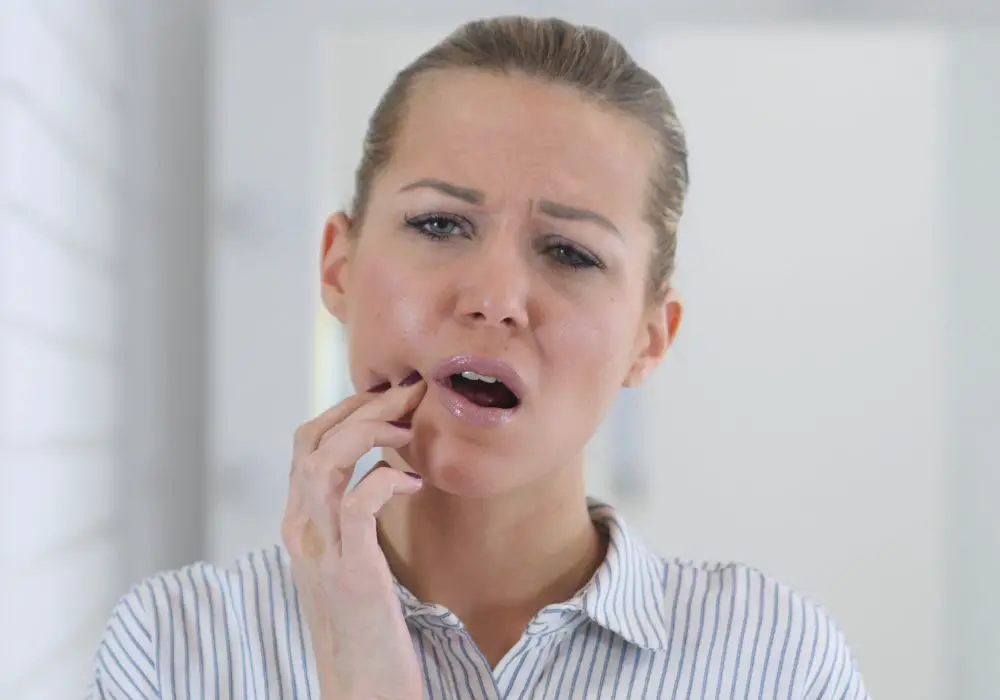
There are a few specific sources of intense bottom tooth pain that may flare up or first begin to cause noticeble symptoms when you’re sick:
Dental caries
Tooth decay and erosion of tooth enamel due to increased acid attack, reduced saliva flow, and poor oral hygiene habits when sick can lead to caries (cavities) forming in the bottom teeth. Without treatment, caries can progress through the enamel and dentin layers and eventually reach the highly sensitive tooth pulp, resulting in throbbing bottom toothaches.
The mandibular molars are especially vulnerable to severe caries due to their anatomy and exposure to heavy chewing forces, which can accelerate decay.
Pulpitis
If a cavity is left untreated and the decay is allowed to penetrate deep enough, the pulp tissue inside the tooth can become irritated and inflamed, known as pulpitis. Exposure of the living pulp triggers sharp, intense toothache pain that is often exacerbated by thermal changes.
Pulpitis occurs most frequently in neglected, heavily decayed molars. The inflamed pulp may also put pressure on the surrounding periodontal ligaments, exacerbating the pain.
Periodontitis
Being sick often allows more plaque and bacteria to accumulate around the teeth, especially if oral hygiene suffers. This bacterial buildup irritates the gums and causes inflammation and infection of the periodontal tissues around the tooth roots, called periodontitis.
Periodontitis can damage the root surfaces and cause the teeth to loosen or shift. This progressive gum disease can ultimately lead to tooth loss if left untreated. The infection and inflammation causes throbbing, constant bottom tooth pain.
Pericoronitis
The mandibular third molars (wisdom teeth) often only partially break through the surface of the gums due to lack of space. This leaves a flap of soft tissue overlying the tooth crown.
Bacteria, food, and debris easily become trapped under this flap, causing an infection and inflammation called pericoronitis. Pericoronitis typically affects the lower wisdom teeth specifically and causes severe gum swelling, foul odor, and throbbing pain.
Bruxism
Increased involuntary teeth grinding or clenching from stress, anxiety, sleep dysfunction, and lifestyle changes during illness can lead to sore, painful bottom teeth due to bruxism. This is especially true if you primarily grind and clench your posterior teeth.
The powerful forces exerted on the lower molars during bruxism can cause fracture lines, damage the periodontal ligament, and injure the tooth pulp. Lateral grinding motions also abrade the chewing surfaces. All these effects irritate the teeth and provoke toothaches.
TMJ disorders
Jaw tension, teeth misalignment, muscle spasms, and inflammation of the temporomandibular joints (TMJs) on each side of the jaw from illness, stress, or injury can lead to TMD/TMJ disorders.
These conditions often cause aching pain in the nearby mandibular molars as chewing movements pull on damaged ligaments and strain the inflamed joint capsules. The restricted motion of TMJ disorders also limits proper food grinding, causing more chewing force to be exerted on the painful bottom teeth.
Cracked tooth
The high compressive and shearing forces exerted on the bottom teeth during increased bruxism and clenching when sick may cause tiny fractures, cracks, craze lines, or broken cusps to form in the molars.
These cracks expose the sensitive inner tooth layers and pulp to temperature changes, chewing forces, and bacteria. This can provoke severe bottom tooth pain when chewing or eating, especially with cold foods.
When to see a dentist for bottom tooth pain
While mild, fleeting bottom tooth sensitivity or discomfort associated with being sick is usually normal and often subsides once the illness resolves, more severe or persistent tooth pain warrants prompt examination by your dentist.
It is advisable to seek dental care right away if you experience any of the following:
- Lingering toothache or pain lasting longer than 2 weeks post-illness
- Consistent tooth pain disrupting sleep and normal function
- Tooth pain that worsens when eating/drinking hot or cold foods/beverages
- Visible chips, cracks, or fractures in the bottom teeth
- Loose, shifting, or abnormal bite alignment of bottom teeth
- Red, puffy, irritated, or bleeding gums around bottom teeth
- Recurring gum boils or swollen lumps near bottom teeth
- Bad breath, foul taste, or pus discharge from bottom teeth
- Unexplained numbness, tingling, or radiating pain in the lower jaw, lips, or tongue
Make an urgent appointment with your dentist right away if the tooth pain is accompanied by:
- Fever higher than 100°F (38°C)
- Difficulty swallowing, opening jaw fully, or speaking
- Severe facial swelling affecting jaw, cheek, or neck regions
- Purple, red, or white gums around painful tooth (sign of infection)
- Swollen lymph nodes under the jaw and neck
- Fatigue, nausea, or generally feeling unwell
These associated symptoms may be indicative of a dental abscess, infection, or other condition requiring immediate treatment to prevent further complications.
Severe toothaches that do not resolve on their own with typical over-the-counter analgesics and home care can signify an underlying dental issue needing profesional intervention, like an inflamed pulp, gum infection, or fractured tooth root. Ignoring significant dental pain and waiting for it to pass often allows the problem to worsen over time. Let your dentist thoroughly evaluate any unresolved bottom tooth pain.
How to manage bottom tooth pain when sick at home
For milder bottom tooth sensitivity or discomfort arising from or exacerbated by illness, try these self-care tips and remedies at home for temporary relief:
- Oral rinses – Rinse mouth with warm salt water or antiseptic solutions to reduce oral bacteria and inflammation.
- OTC numbing products – Use over-the-counter topical analgesics like Orajel, Anbesol, and Clove oil to numb the painful area temporarily. Reapply as needed.
- Anti-inflammatories – Take OTC non-steroidal anti-inflammatories like ibuprofen, naproxen, or aspirin to relieve swelling and mild dental pain per package instructions. Use cautiously if you have stomach/health issues.
- Diet modification – Avoid very hot, cold, sweet, acidic foods and beverages that can aggravate sensitive teeth. Drink liquids through a straw placed behind the painful teeth.
- Chewing habit change – Try to chew mostly with your front teeth or opposite side molars to avoid applying force to the sore bottom teeth.
- Cold therapy – Apply an ice pack wrapped in cloth to the outside of your jaw near the painful teeth to numb and help reduce inflammation. Use for 10-15 minutes at a time.
- Dental wax – Coat irritated areas with orthodontic wax for temporary relief and to prevent further irritation from cheeks/lips.
- Hydration – Drink plenty of plain water to stimulate healthy saliva flow and prevent dry mouth which worsens pain.
- Warm compress – Place a warm washcloth against your jaw to increase blood flow and relieve spasms.
- OTC pain relievers – Take acetaminophen/NSAIDs to reduce general dental pain if necessary.
- Soft diet – Eat soft, lukewarm foods that require minimal chewing to avoid aggravating tooth.
- Rest – Get extra rest to help your body’s natural healing process and avoid grinding teeth when sleeping.
See your dentist right away if significant discomfort persists beyond a few days of diligent at-home care. Leaving dental problems like infections, fractures, and decay untreated allows them to become much worse over time.
When does bottom tooth pain require antibiotics?
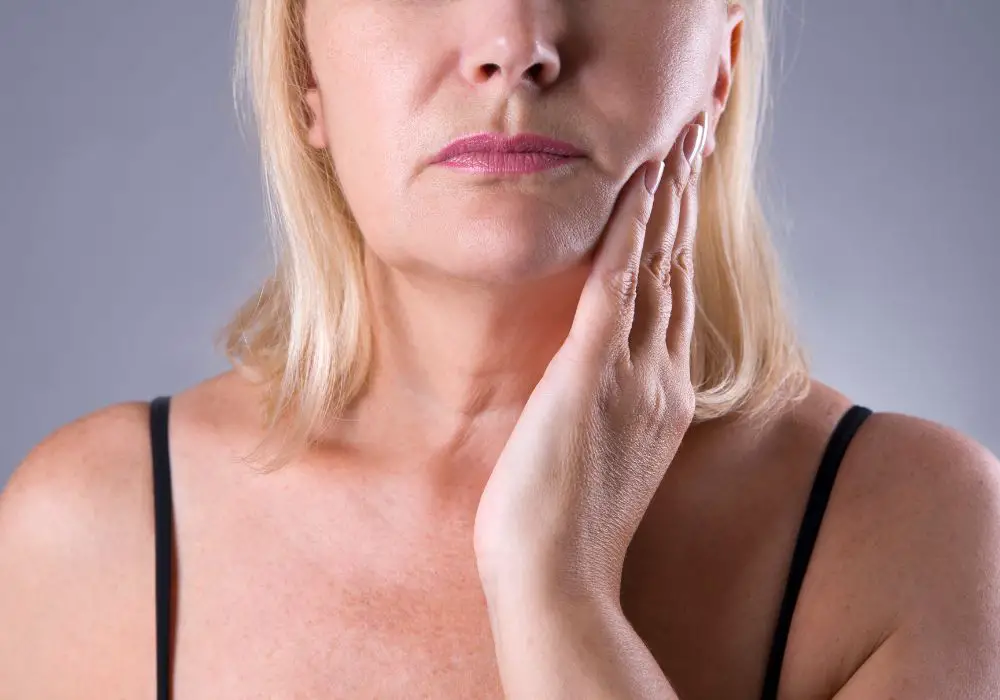
If upon examination your dentist determines that your bottom tooth pain is due to or complicated by a bacterial infection, they may prescribe a course of antibiotics to help resolve the infection.
Antibiotics are used for certain dental infections like:
- Pericoronitis of the wisdom teeth
- Dental abscesses or granulomas
- Inflamed dental pulp with infection risk
- Severe generalized periodontal disease
- Spreading facial/neck swelling indicating cellulitis
Some common broad-spectrum antibiotics prescribed for dental infections include:
- Penicillin or Amoxicillin
- Erythromycin or Azithromycin
- Cephalexin
- Clindamycin
- Doxycycline
Always finish your full antibiotic course as directed by your dentist, even if the tooth pain and swelling subside beforehand. Stopping antibiotics prematurely can allow the stubborn infection to return again or develop resistance.
Note that over-the-counter antibiotics and antibiotics prescribed for unrelated conditions are NOT appropriate substitutes for antibiotics prescribed specifically for your current dental infection. Only take antibiotics on the advice of your dentist based on your symptoms.
Preventing bottom tooth pain when sick
You can apply some preventive measures to help reduce the likelihood of developing bottom tooth sensitivity or dental pain when you do become ill:
- Maintain excellent oral hygiene by brushing teeth gently twice a day and flossing once daily.
- Avoid sugary snacks and acidic drinks that promote tooth decay and erosion.
- Drink plenty of plain water throughout the day to stay hydrated and promote healthy saliva flow.
- Use a soft bristle toothbrush and fluoride toothpaste to clean teeth without damaging enamel.
- Change your toothbrush every 2-3 months to prevent bacterial buildup.
- Attend professional dental cleanings and checkups every 6 months to catch issues early.
- Have any fillings, crowns, or problematic wisdom teeth addressed promptly to prevent worsening.
- Wear a night guard if you clench or grind your teeth heavily when sleeping.
- Take vitamin C and D supplements to support dental health.
- Manage chronic stress levels to avoid clenching and grinding when anxious.
Treating minor dental problems as soon as they arise can also keep them from flaring up painfully when your body is run down by illness. Don’t ignore tooth pain – addressing issues promptly before they worsen or infect can help prevent agonizing complications!
Frequently Asked Questions
Why do my bottom teeth hurt so much more than my top teeth when I’m sick?
The bottom teeth have longer roots, are surrounded by dense bone that intensifies pain sensation, and are more prone to specific issues like tooth grinding damage, pulp inflammation, and periodontal infections that illness exacerbates.
Will the tooth pain go away permanently once I recover from being sick?
Minor sensitivity sometimes resolves fully post-illness, but recurring or persistent pain likely indicates an underlying dental problem needing treatment. Lingering toothaches beyond when you feel better warrant evaluation by your dentist.
Are my bottom wisdom teeth always the source of tooth pain when sick?
Not necessarily. While wisdom teeth are prone to pericoronitis and impaction pain when ill, any of the mandibular teeth can potentially become painful from issues like dental caries, bruxism, TMJ disorders, gum disease, and cracked teeth which illness aggravates.
Is tooth pain when sick more likely with certain illnesses like colds and flu?
Yes. Respiratory illnesses that cause sinus congestion, fever, dehydration, and poor nutrition significantly tax the dental system. Stomach viruses involving vomiting and reflux also erode tooth enamel. Illnesses that disrupt sleep and cause fatigue often increase tooth grinding too.
How can I prevent bottom tooth discomfort the next time I get sick?
Daily oral hygiene, reducing sugary intake, taking vitamins, drinking sufficient water, using fluoride toothpaste, seeing your dentist regularly, prompt treatment of existing dental issues, and managing stress can strengthen teeth and minimize risks of problems that lead to tooth pain when sick.


